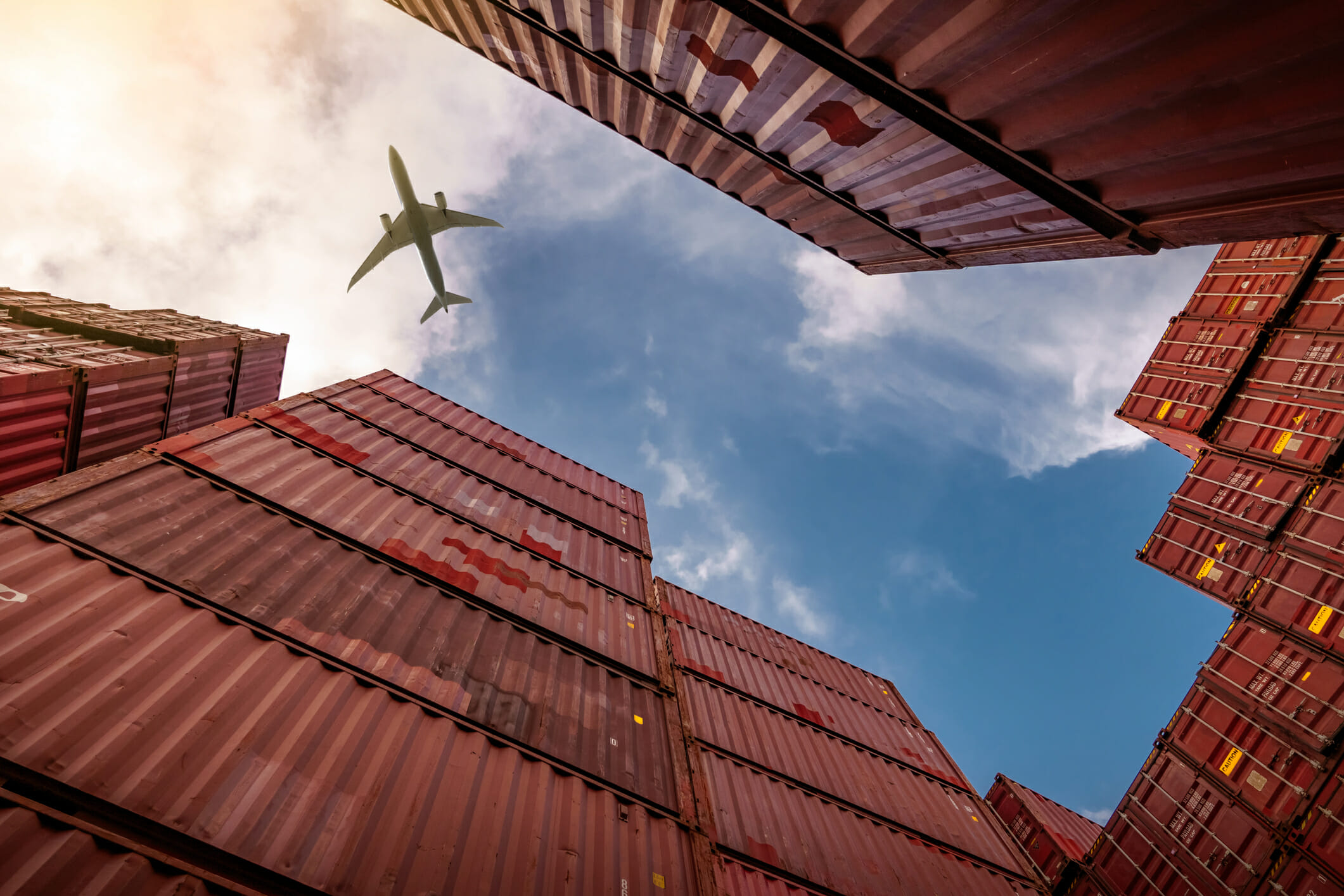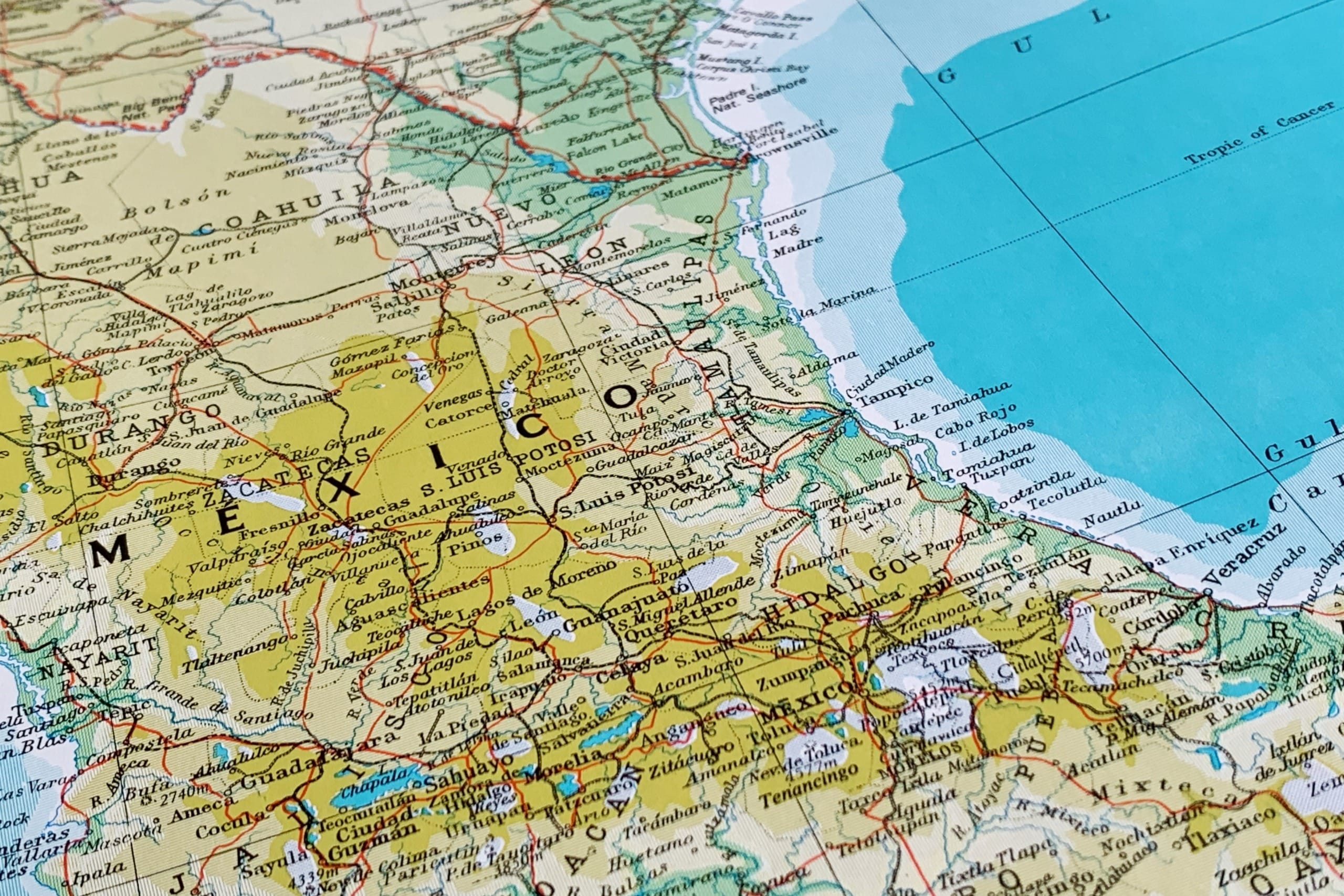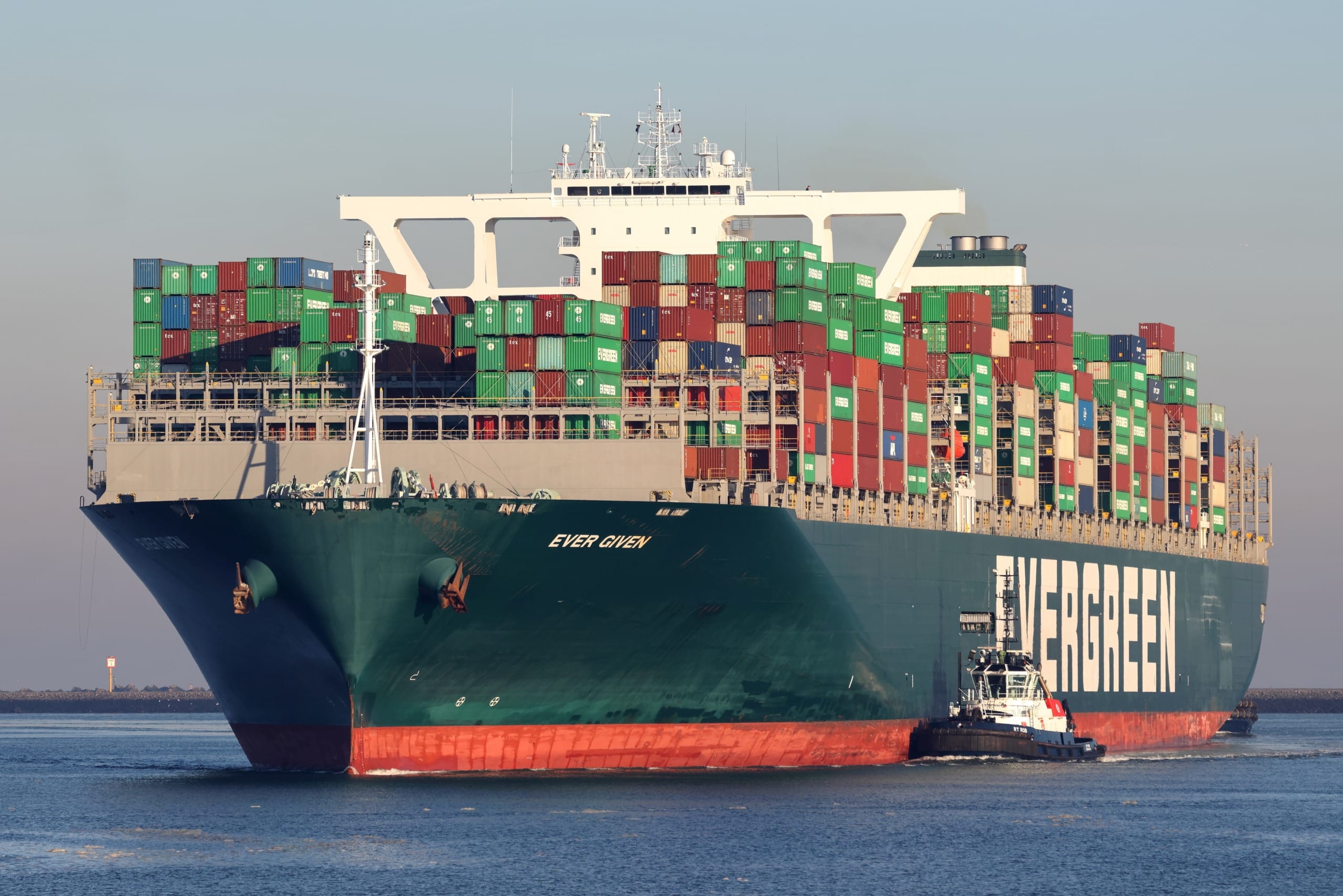
Prior to the global panic in early 2020, supply chains and manufacturers in Asia were already under typical duress of a more familiar challenge – Chinese New Year. The several-week shutdown of factories during this holiday always brings increased demand to cover forecasts and rushed production timelines ensuring orders are shipped and deadlines met.
Preparation for last year’s Chinese New Year was coupled with disconcerting news of the novel Coronavirus. Customers frantically put greater pressure on factories to ship greater quantities unaware of how supply chains would be impacted. Factories struggled to keep up with the increase in demand, clients were stretched thin and cash flows were strained with typical Chinese financing terms and increased inventories.
In the subsequent months, quarantine and stay-at-home orders created a shift in consumer preferences which result in significant spikes in global demand for PPE and now include “quarantining in place” categories of consumer goods such as:
- Fitness equipment
- Home Improvement; Lawn and Garden
- DIY and crafts
- Outdoor recreation products
- Cooking products
- Vehicles (non-auto) RVs, off-road vehicles, golf carts
- Auto aftermarket
A Shortage of Shipping Containers
The flood of orders inundated freight companies with a sudden wave of demand which was a catalyst for a global shortage in shipping containers. Freight companies are now playing a hectic game of catch-up as pressure for containers continues to outpace supply.
Shipping rates have skyrocketed to account for the shortage. According to the Freightos Baltic Index, a leading index for global freight rates, the average rate to ship a container from China to the North American west coast has risen dramatically in recent months. 40-foot containers which used to cost on average $3000 are now $5000 and could near the $10K mark.
Non-Covid related events such as the recent blockage of the Suez Canal have only exacerbated the shipping shortage. One of the world’s largest cargo ships was inadvertently lodged within the banks of the canal, leaving the key shipping waterway impassable for six days in late March. The canal links the Mediterranean Sea and the Indian Ocean and is the main route connecting factories in Asia to European customers. This makes the route critical for international trade. Estimates from shipping analysts show that nearly $10 billion dollars of trade were held up each day during the impasse. The effect of these delays can be felt globally as industries using other international routes are now left waiting even longer for available shipping containers.
Many supply chain analysts and experts predict that the container market will normalize by the second half of 2021 although the crisis in the Suez Canal and other unforeseen global events could lead to a prolonging of high freight rates.
Key supply chain concerns and strategies for 2021
Events over the past year have illustrated the fragility of global supply chains and revealed new vulnerabilities and weak links. The top concern for supply chain decision-makers will be increasing resiliency to mitigate risk, contain costs, and be better prepared for the future. This will require new analytics, software, and intense forecast models.
A Focus on Forecasting and Communicating with Suppliers
Whether domestic or offshore, creating additional and deeper forecasts for a fiscal year and clearly communicating those with contract manufacturers has several major benefits:
- Gives suppliers visibility to demand
- Enables suppliers to plan for production capacity and materials purchases as well as buy at better commodity costs
- Strengthens relationship with overseas partners. Suppliers value partnerships more when they are aware of higher volume potential.
As travel restrictions begin to be lifted, on-site visits to Asian suppliers by Asian locals to discuss forecasting and production will be possible once again. Online tools such as Smartsheets make communicating in real-time with overseas manufacturing partners much easier. It’s important to create a “dashboard listing purchase orders, estimated completion, and shipping dates that red-flag any potential issues. Because of travel restrictions between the U.S. and Europe, it is highly advisable to consider engaging a consultant on the ground in the same countries as manufacturers.
Diversifying Supplier Networks
Implementing strategies to diversify supplier networks mitigates the inherent risk of relying too heavily on one manufacturing source such as China. There are alternatives to Chinese manufacturing in South East Asia each country with unique individual benefits and advantages. Diversifying production and having additional supplier options can pay large dividends. Qualifying new suppliers provide critical pricing leverage and negotiating power. Having a backup factory may reduce the need for costly air shipments. Finally becoming familiar with a different destination provides key staff the learning curve and familiarity with new locations, skill sets, and operational nuances. Diversification will be key in 2021 and beyond.
Contact Us





Follow Us